The Internet is the most popular marketing source today.
Everyone’s rushing to create more content on more channels.
According to Hubspot’s 2017 State of Inbound report, YouTube, Medium, social media, podcasts, and messaging apps are the hot new channels.
But becoming the top search result in such a crowded (and expanding) pool is harder than it sounds.
I made an informative video on the secret to becoming the top website in any popular niche.
It’s a good place to start.
But building an online brand is about more than just posting content.
The content needs to be trustworthy, and that’s hard for brands to accomplish.
Recent studies show that marketers simply aren’t trusted.
Over half of respondents to a survey signaled distrust in brand sponsorships and ads.
Media isn’t doing much better.
Editorial content is tied with branded websites for consumer trust.
In addition, even the White House is taking aim at “fake news.”
The lines between media and marketing are more blurred than ever, and there’s only one way to stick out.
That’s by being transparent.
In fact, a recent study from Label Insights shows that 94% of respondents will stay loyal to a transparent brand.
That’s not all.
Over a third of shoppers said that they’d switch to a new brand if it offered more transparency.
Another 81% of consumers will try a brand’s entire portfolio if it offers transparency.
So there’s a big argument for being transparent in marketing.
On top of this, the government is cracking down on social media and influencer marketing, while marketplaces like Amazon ban sellers for buying reviews.
Staying transparent in this environment is hard.
But I’ll show you how to do it.
First, let’s discuss the laws and rules regarding marketing transparency.
Government regulations on marketing transparency
In April 2017, the Federal Trade Commission released a letter reminding influencers and brands to be more transparent.
It was a direct response to paid social media spots like this Instagram post by Kylie Jenner.
Businesses are increasingly using brand influencers and micro influencers for marketing purposes.
Kylie Jenner is far from the only influencer on social media.
In fact, interest in influencer marketing has increased more than 90x since 2013.
These influencers are raking in more money than ever, too.
YouTube stars with over 7 million followers can earn $300,000 for a promotional spot.
On Facebook, that number is $187,500.
Instagram and Snapchat influencers earn up to $150,000 per post, while an influential tweet can cost upwards of $60,000.
Here’s a further breakdown from The Economist.
There’s lots of money on the table and a ton of consumers seeing branded messages.
It’s only natural for the government to step in with regulations.
None of this means influencer marketing is bad.
In fact, it’s just the opposite.
Conversions increase up to 10x when content is shared through influencers.
It’s important to be transparent in your influencer marketing campaigns, though.
The FTC isn’t saying you can’t pay social influencers.
In fact, it’s one of the fastest-growing marketing channels.
It’s especially important for content creation and promotion.
Another 59% of respondents found influencer marketing critical for product launches.
Disclosing that it’s a sponsored or ad message is the key.
Here’s a great example from Kate Lavie’s Instagram page.
She’s clearly promoting Naked juice, which is denoted by the #ad hashtag.
Disclosing the brand partnership didn’t diminish the response to Lavie’s post.
She still received nearly 4,000 likes and plenty of comments.
By being transparent, Lavie and Naked scored a brand win with an influential partnership.
Asos takes things a step further.
Instead of just sponsoring posts, the brand sponsors Instagram accounts for its biggest influencers.
It’s clear that this is a sponsored account because of the branding in the account name.
Hannah also includes a link to her personal Instagram account.
This is how both the brand and influencer are able to maintain credibility.
Is Hannah receiving clothes and accessories from Asos to model on her sponsored account?
You bet she is!
She’s incentivized to create Asos content specifically for that account, and it now has nearly half the following of her personal account.
Turning social influencers into brand ambassadors is great for marketing, but only if the relationship is clearly disclosed.
Transparency is not just important for following the law.
It’s the only way for consumers to trust you.
The importance of transparency with younger audiences
Not long ago, we were blaming Millennials for everything.
But Millennials don’t exist. Generations are just a myth.
Here’s a talk from Adam Conover from TruTV’s “Adam Ruins Everything.”
The video sheds light on how marketers can condescend to younger audiences in a quest to “be real.”
But it’s important to be up front and transparent when talking to them.
Otherwise, they’ll gravitate toward brands that are.
Consider this: Younger people place a greater importance on marketing transparency.
Check out this chart from Millennial Marketing.
The young people surveyed (now known as Generation Z, though that’ll change in the next few years) have different values.
They value transparency and honesty, and they want brands to be real.
We need to start marketing to our customers the same way we’d present a pitch deck to investors.
Younger audiences also prefer brands with a cause.
A whopping 87% of millennials are willing to purchase products with a social or environmental benefit.
Another 91% prefer a brand with a cause.
If you’re not being transparent about your company’s efforts, you’ll risk losing a large segment of the population.
With that being said, younger audiences are also more accepting of advertisements.
Recent research by Nielsen and Harris Online shows that 70-80% of Millennials accept ads as necessary, especially on free content.
This means that it’s not necessary to disguise advertisements and sponsored posts.
People understand them and are OK with them.
Cutting corners is not only unnecessary — it’s against the law.
Here’s the FTC’s Truth in Advertising page for more information.
The rules depend on what it is you’re selling.
Food, gift cards, environmentally friendly products, and health and fitness products have some of the strictest rules.
Before running any online ad campaign, you’d be wise to check these rules to ensure compliance.
But this information mostly focuses on the customer-facing aspect of online marketing.
There’s a lot more to it than that.
The Internet brings with it plenty of privacy concerns.
Consumer trust is vital with today’s privacy concerns
If you have a website, you’re likely collecting information on your visitors.
It’s a vital part of increasing online conversions.
Google does it, too.
But the FTC enforces consumer privacy laws.
You can’t just take people’s personal information and data.
They need to opt in, and there’s no shortage of do-not-follow and anti-cookie browser extensions.
It’s become a battle on mobile devices especially, as smartphones allow for pop-up notifications and more.
It can be intrusive if unwanted.
That’s why I use popups like this throughout my website.
It gives people a chance to provide their information voluntarily.
I don’t collect personally identifiable information otherwise.
It’s important to provide customers with an option. Why would you want to contact someone who’s not interested?
Remarketing is an important part of raising brand awareness, but you’ll come off as spammy without a focused, targeted list.
Opt-ins are the way to do this.
MailChimp is great for setting up an email opt-in form.
Here’s what a basic one looks like.
With this form, you’ll collect only warm leads.
They convert better anyway!
A recent study found 69% of mobile users delete emails that aren’t focused and optimized.
By focusing and targeting your email campaigns only on customers who want them, you’ll greatly increase your open rate.
That, in turn, raises your click-through rate and ultimate ROI.
You can see how it’s vital to keep customers informed.
Vizio recently got fined $2.2 million by the FTC for violating consumer privacy laws.
These problems can change consumer perception of your brand.
And transparency is how companies recover from bad press.
As they say, all press is good press.
4 tips to turn a negative into a positive
Sooner or later, your business is going to have a bad review.
It’s inevitable, but it’s how you respond to these reviews that’ll set the tone for your company.
Denying the problem isn’t an option.
Take, for example, the WannaCry ransomware that hit hospitals all around the U.K. and businesses around the globe.
Reporting this ransomware was an important part of keeping it at bay.
Businesses that didn’t report it suffered major losses.
According to Cisco’s 2017 Annual Cybersecurity Report, cyber attacks cost companies 22% of their customers.
The best way to respond to these reports is to be transparent about the breach and your efforts to stop it.
This type of incident response should be part of your business continuity and risk management plans.
But cyber-security issues aren’t the only PR nightmares a business can face.
With the Internet comes a bevy of customer review sites.
Yelp, for example, archives customer ratings and reviews for everyone to see.
Bad reviews can directly impact your on-site SEO efforts.
Google Maps makes these reviews prominent in results, too.
Users can browse a visual map, with ratings being one of the most visible parts of search results.
A bad review can sink your business, while good reviews can catapult you above other local businesses.
While we’d all love to receive glowing reviews, sometimes a customer has a bad experience.
Rather than ignoring or excusing it, face negative reviews head-on to provide transparency for the next customer.
Here are four tips to get started responding to negative reviews and press.
1. Attempt to contact the reviewer.
One of the first things you should do to resolve a personal complaint about your business is to contact the person.
If the review was from a journalist or blogger, they’ll typically have contact information listed on the site.
Here’s the profile for Kathryn Dill, a staff writer for Forbes.
While her email address isn’t made public, you’ll see her social profiles.
You can contact her via Twitter, LinkedIn, Instagram, and her blog.
If you’re not sure of the specific reporter you need to contact, check the publication’s masthead.
A masthead lists everyone who works at the publication so that you can hunt down the right person.
Here’s Wired’s masthead.
Typically, you’ll want to target the specific reporter, but you can also email their editor if necessary.
Explain the issue you have with the report such as misleading facts, incorrect information, etc.), and ask for an opportunity to tell your side.
Major media outlets will usually contact you for a quote before publishing, but these things often slip through the cracks.
To find contact information for a blogger, type in blogaddress.com/contact.
You’ll be presented with either contact information (phone, email, mailing address) or a form to fill out.
Contacting these people up front can resolve most major issues.
Customers are a little harder to reach.
Sometimes they’ll leave their real names.
You can try matching the name to your customer lists.
If you can’t find a way to get ahold of the customer to resolve their issue in private (or even if you do), it’s time to reply online.
2. Reply online.
When a customer or journalist leaves a bad review on your brand, it’ll stay up for others to read.
Resolving the issue with the person may result in them removing or changing the review.
Otherwise, you’ll need to respond to it so other potential customers know that you take every step necessary to resolve issues.
On blogs and other online publications, you can simply comment.
To reply on Google Maps or Yelp, you’ll need to claim your business.
Once you’re registered, you can respond to customer reviews as the business owner.
Yelp takes things a step further.
After registering, you’ll get notification emails whenever someone leaves a review about your business.
Click the link in the email, and you can respond from anywhere you can access email.
Keep in mind that, although you’re replying to the customer, you’re doing it for the public to see.
Don’t attack the customer and don’t take things personally.
Just thank them for choosing your brand, apologize, and make things right.
Focus on what you can do for them — not what you can’t.
It’ll pay off in the long run.
3. Publish a press release.
If the negative press is bad enough, you may need to publish a press release to explain the problem and your response to it.
Chipotle, for example, had a major issue with e. Coli and salmonella infecting the restaurant chain’s ingredients.
The company admitted the problems and started turning things around in 2017 after a hard end to 2016.
Several car companies had to issue recalls in 2017, too.
Contacting each and every customer is a huge undertaking.
They email and text as many as they can and publish press releases announcing the recalls to the mass public.
You can submit your own press releases through PRWeb.
You’ll find specialized information on how to craft the perfect press release.
Here’s the final checklist before submitting.
Once you’ve submitted a press release to PRWeb, it’ll be distributed to all major media outlets.
Huffington Post, Forbes, Entrepreneur, The Wall Street Journal, Associated Press, Reuters, and more media agencies watch for interesting press releases.
This is one of the easiest ways to spread a mass message.
There’s one last step to recover from negative press.
4. Hire a PR firm.
PR agencies are specially trained in media and public outreach.
They’ll ensure that you only say the right things to the right people and keep your brand positive in people’s eyes.
In fact, spending money on traditional public relations services is on the rise.
With the right PR agency, you can put a positive spin on nearly any negative situation.
Take Samsung’s exploding battery fiasco in 2016.
The company faced intense backlash, but it eventually held a news conference.
A quick look at Samsung’s corporate communication page shows that it wasn’t an in-house idea.
Samsung works with MWWPR (a PR agency) to ensure that it stays ahead of all media stories.
With MWWPR pulling the strings, Samsung was able to organize a response to save the brand.
They didn’t deny that Galaxy Note 7 batteries were exploding.
There was no point to that. Everyone saw it on the news.
Instead, they apologized for the manufacturing error. They promised to fix it moving forward.
Quality and production were improved, and the public seems to have accepted Samsung’s apology.
Conclusion
We all want to make more money, and marketing is a big part of that.
But we can’t just blindly throw money at marketing without following the rules.
It’s important to understand that the FTC is focused on Internet marketing these days.
Brands and businesses that aren’t transparent will face fines, customer backlash, and more.
Don’t cut corners and mislead customers.
The temporary profit isn’t worth the long-term negative effects.
Instead, be upfront and honest about what your products and services do.
If you’re truly providing value, you’ll find customers. There’s no need to be deceptive.
What companies can you think of that you always admired for their transparency?

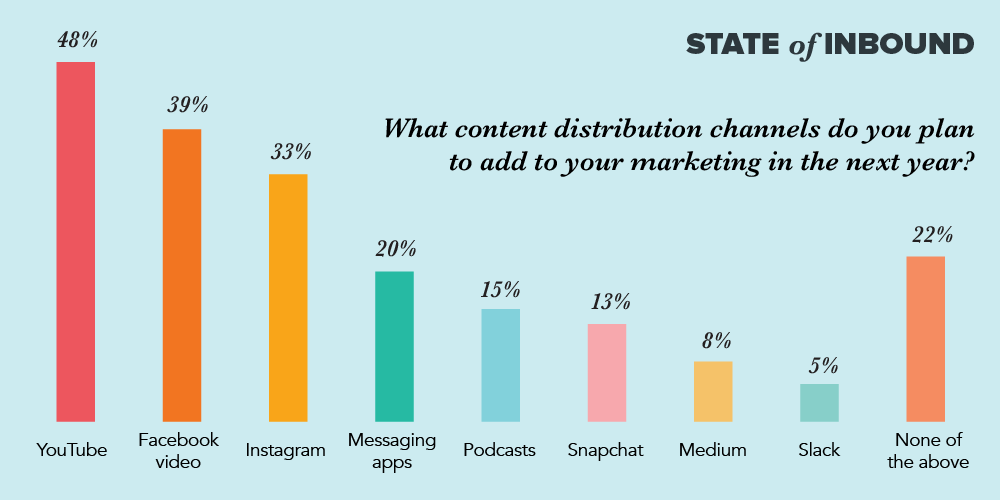
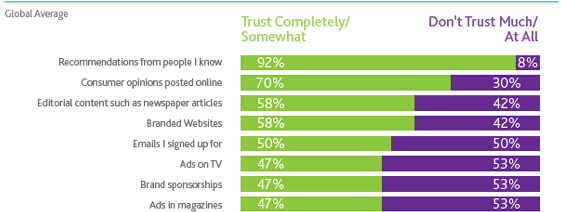
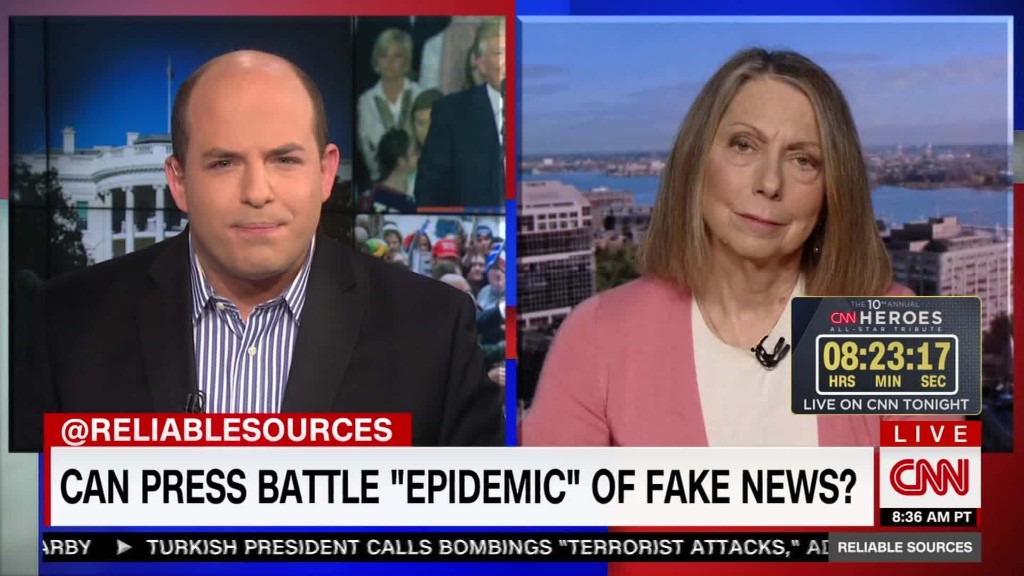
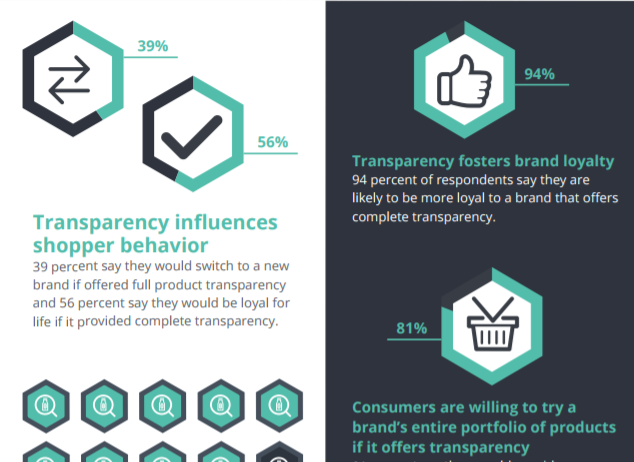

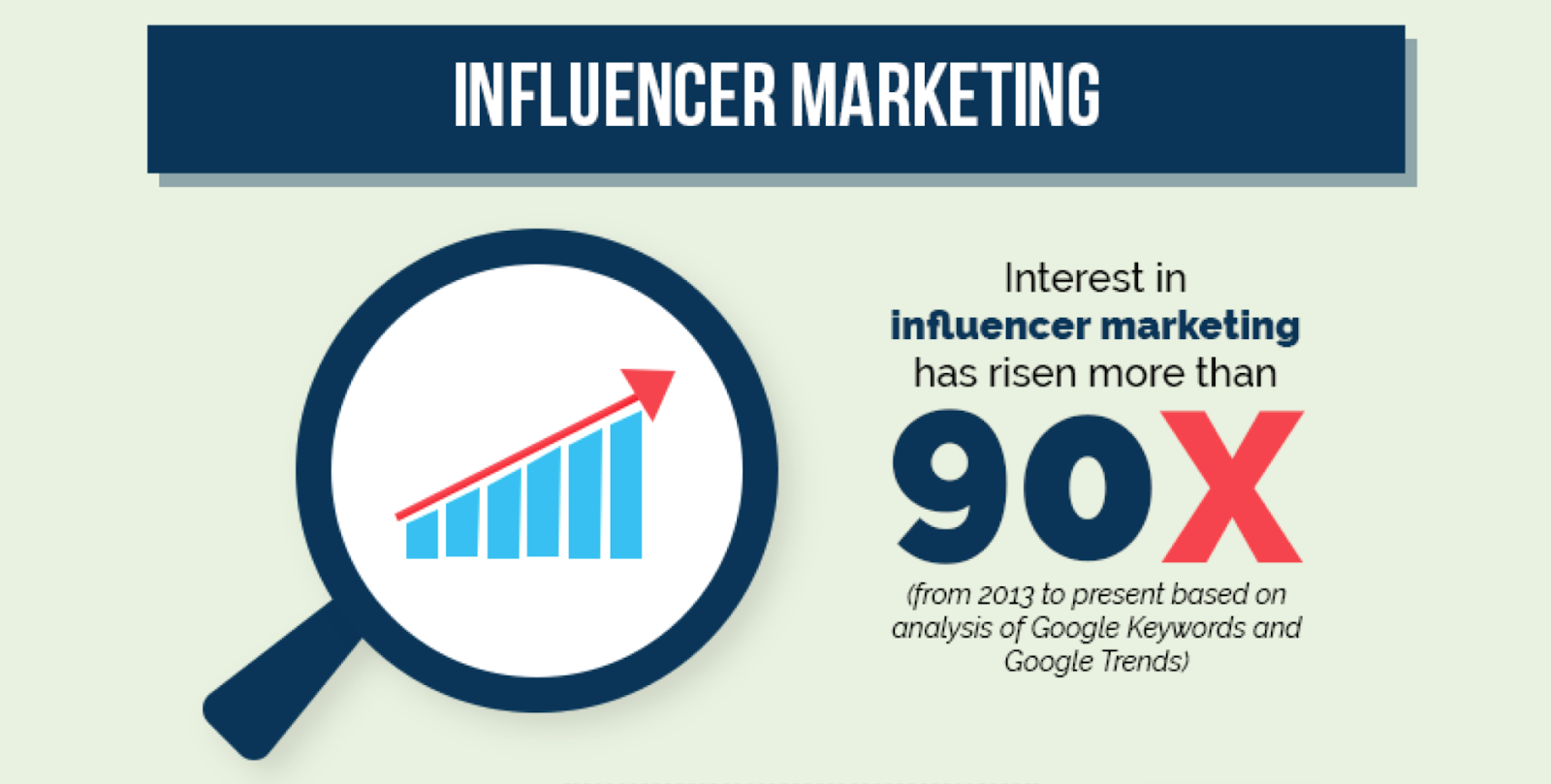
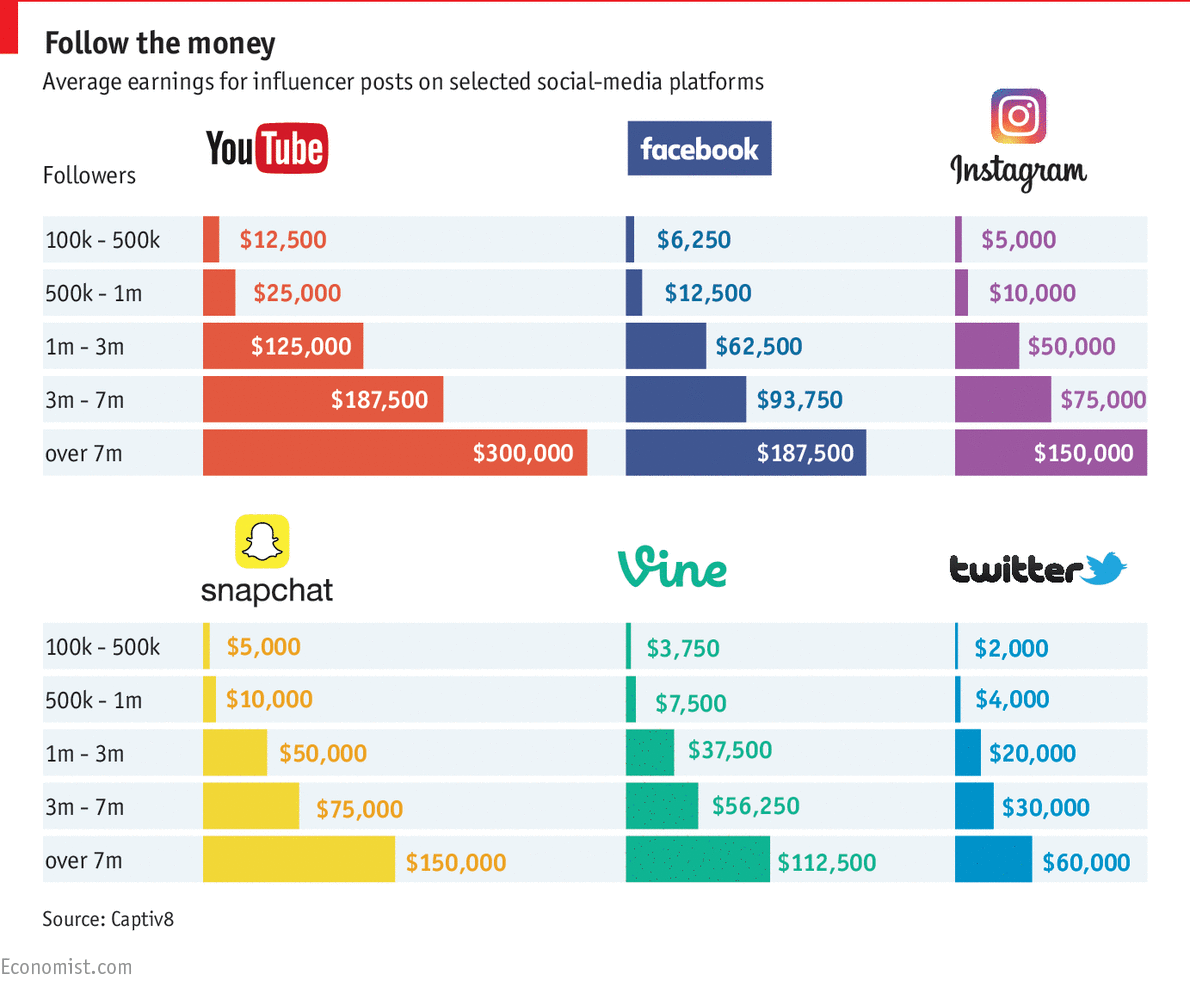

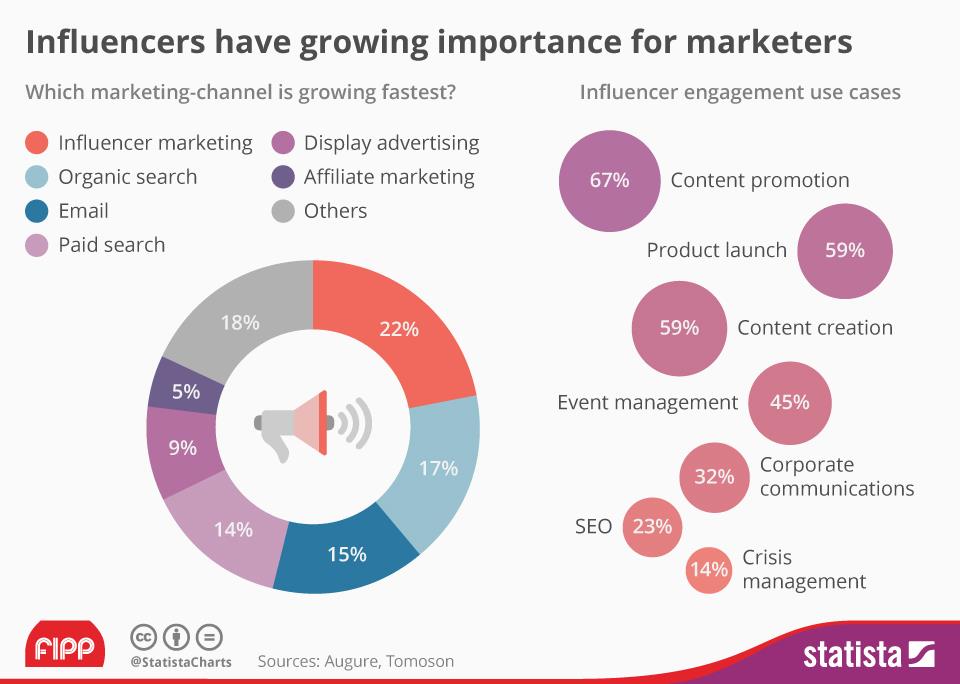

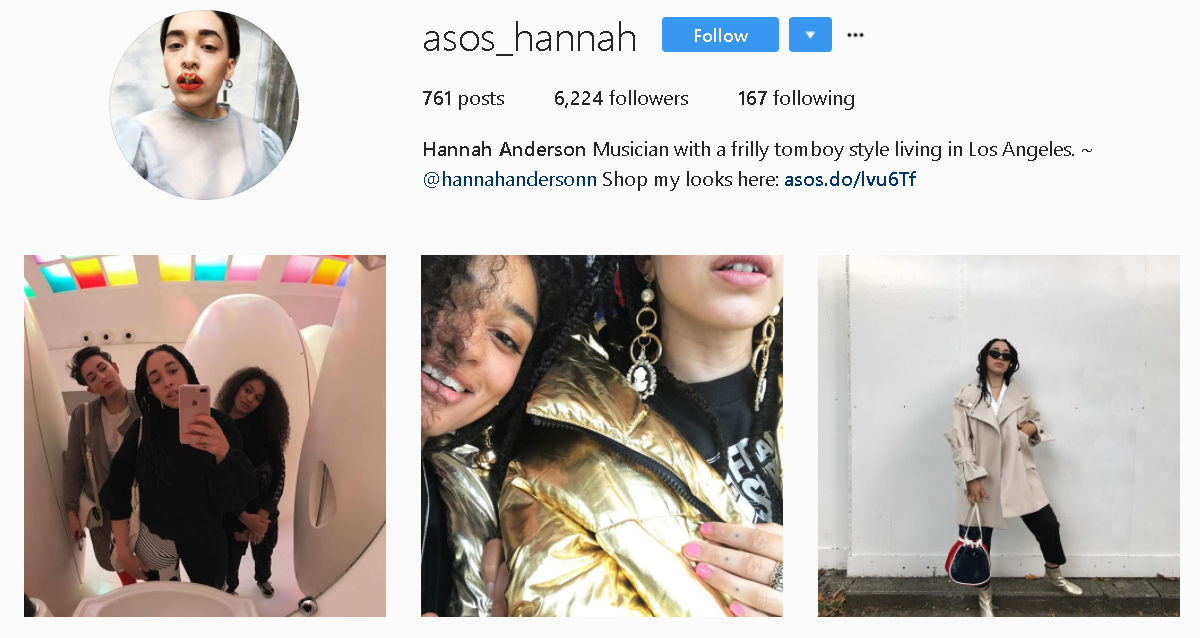

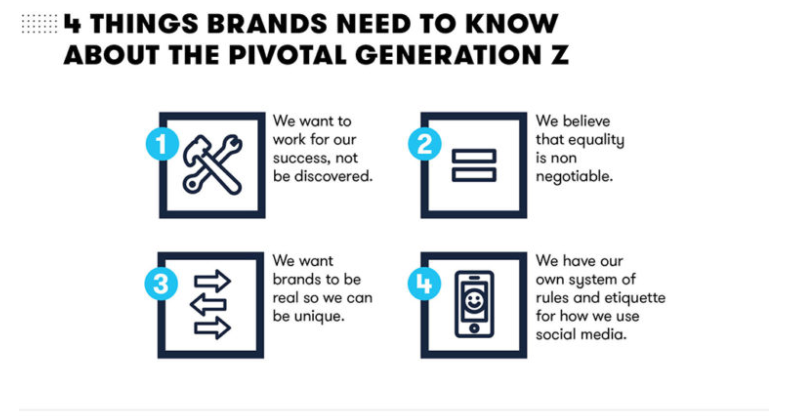
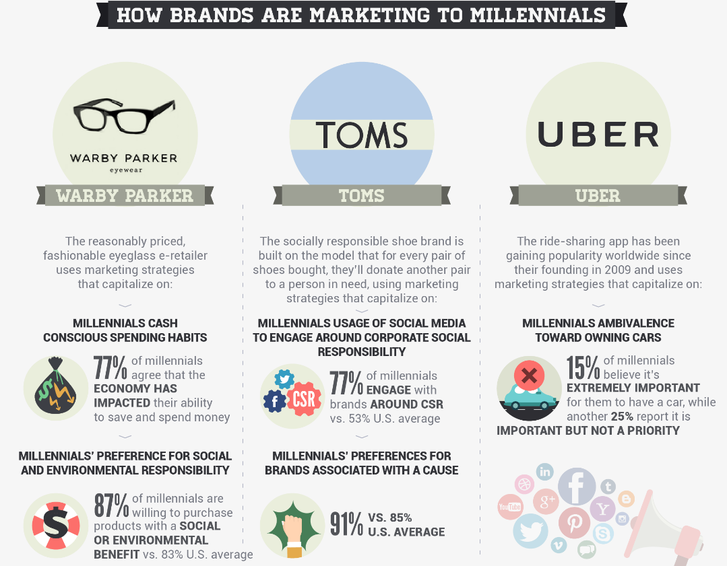
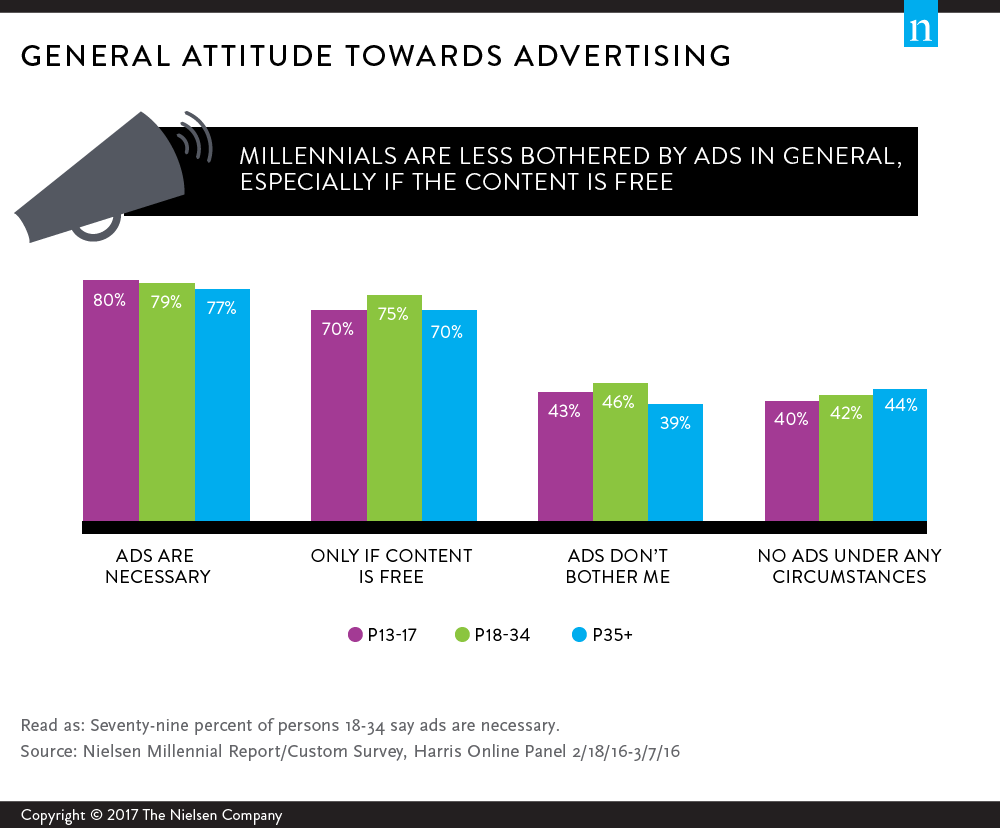
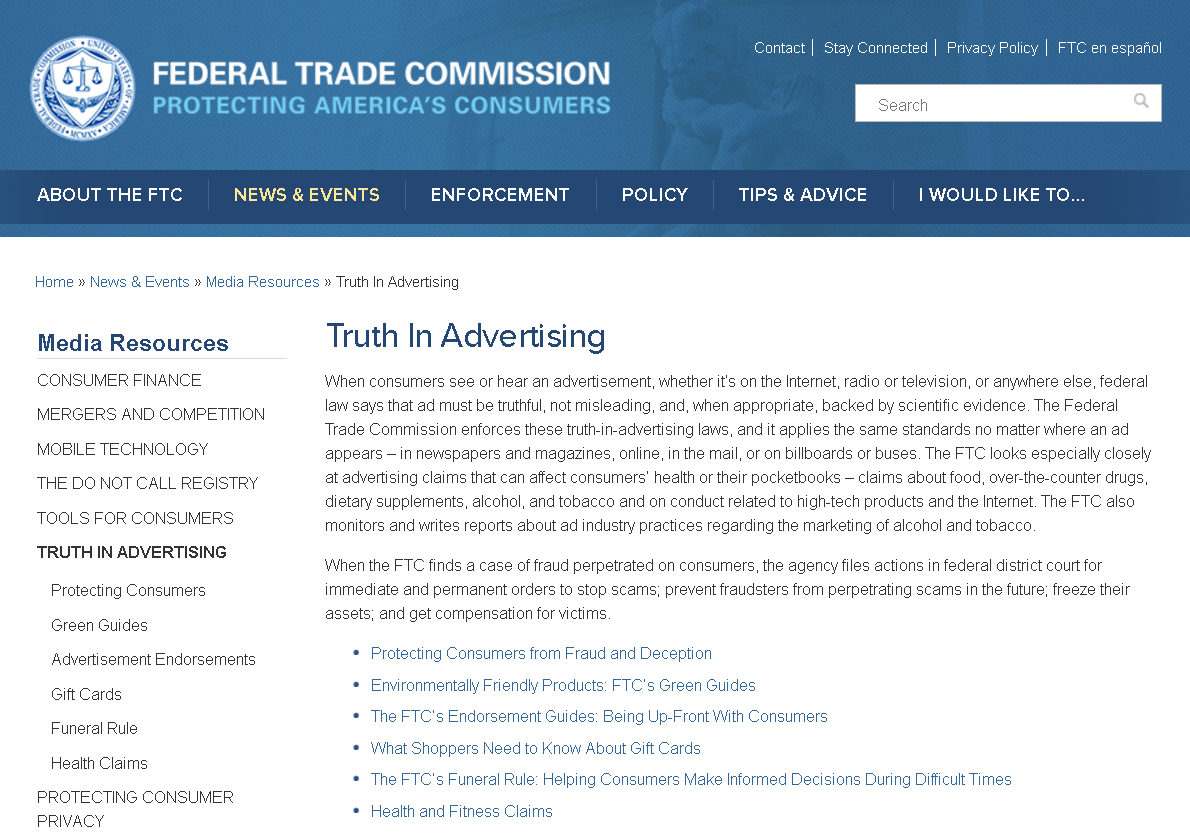
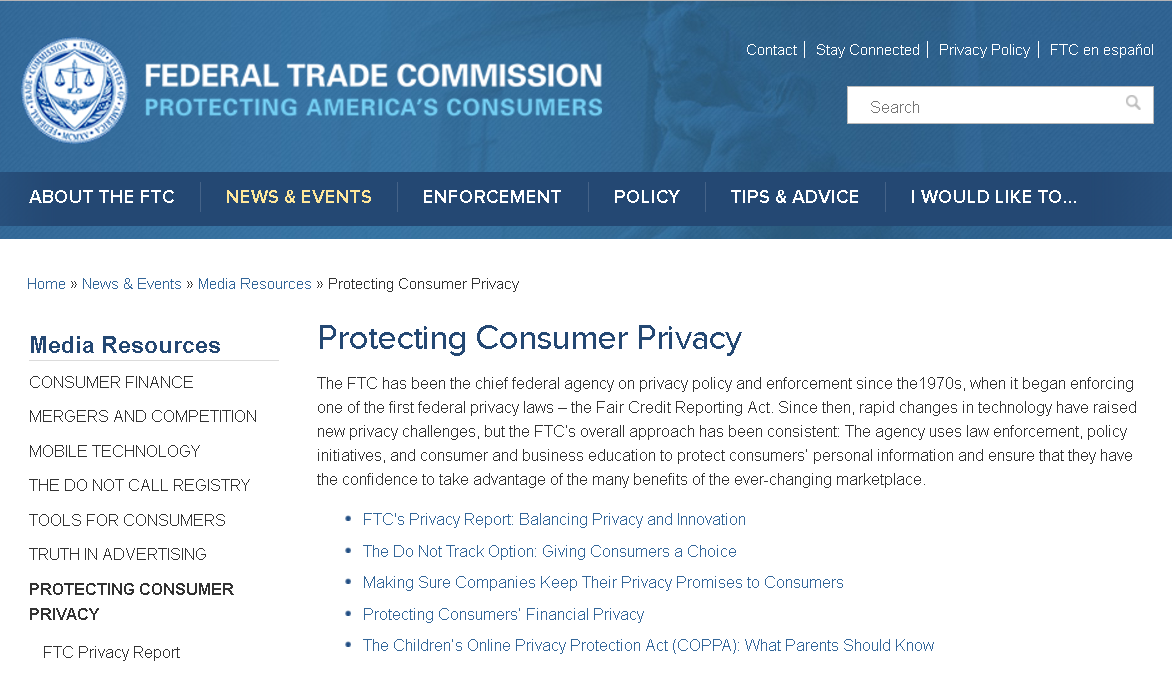

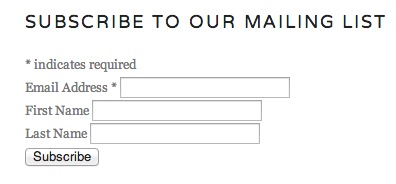
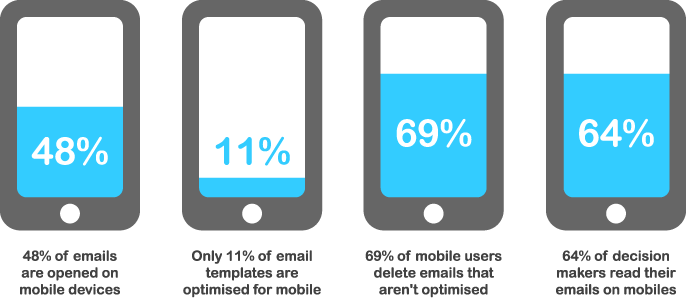
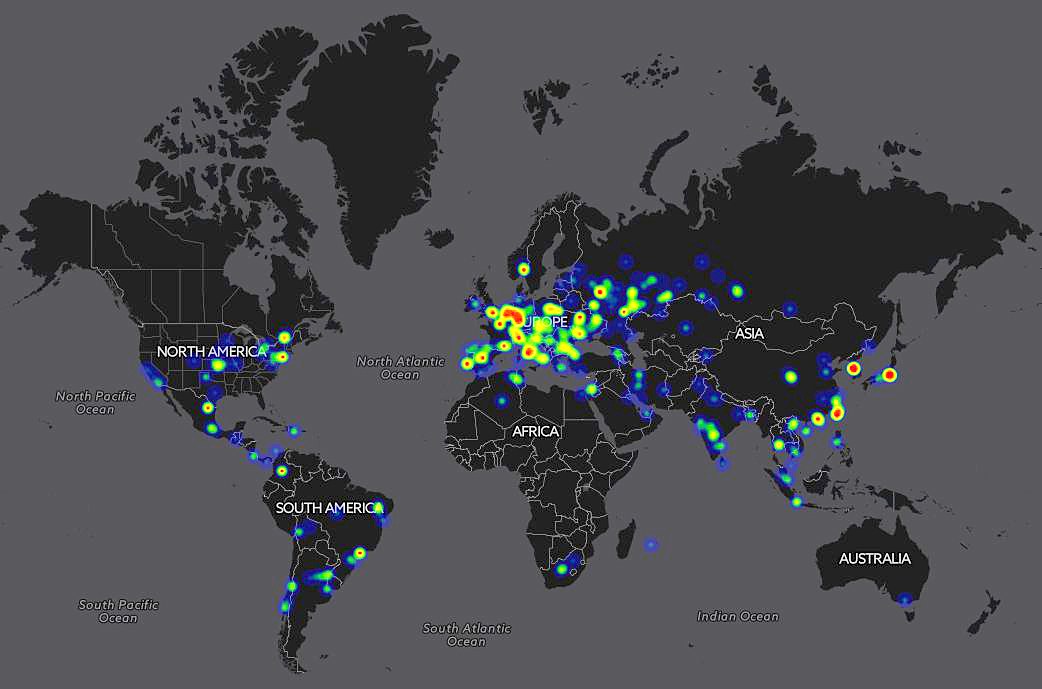
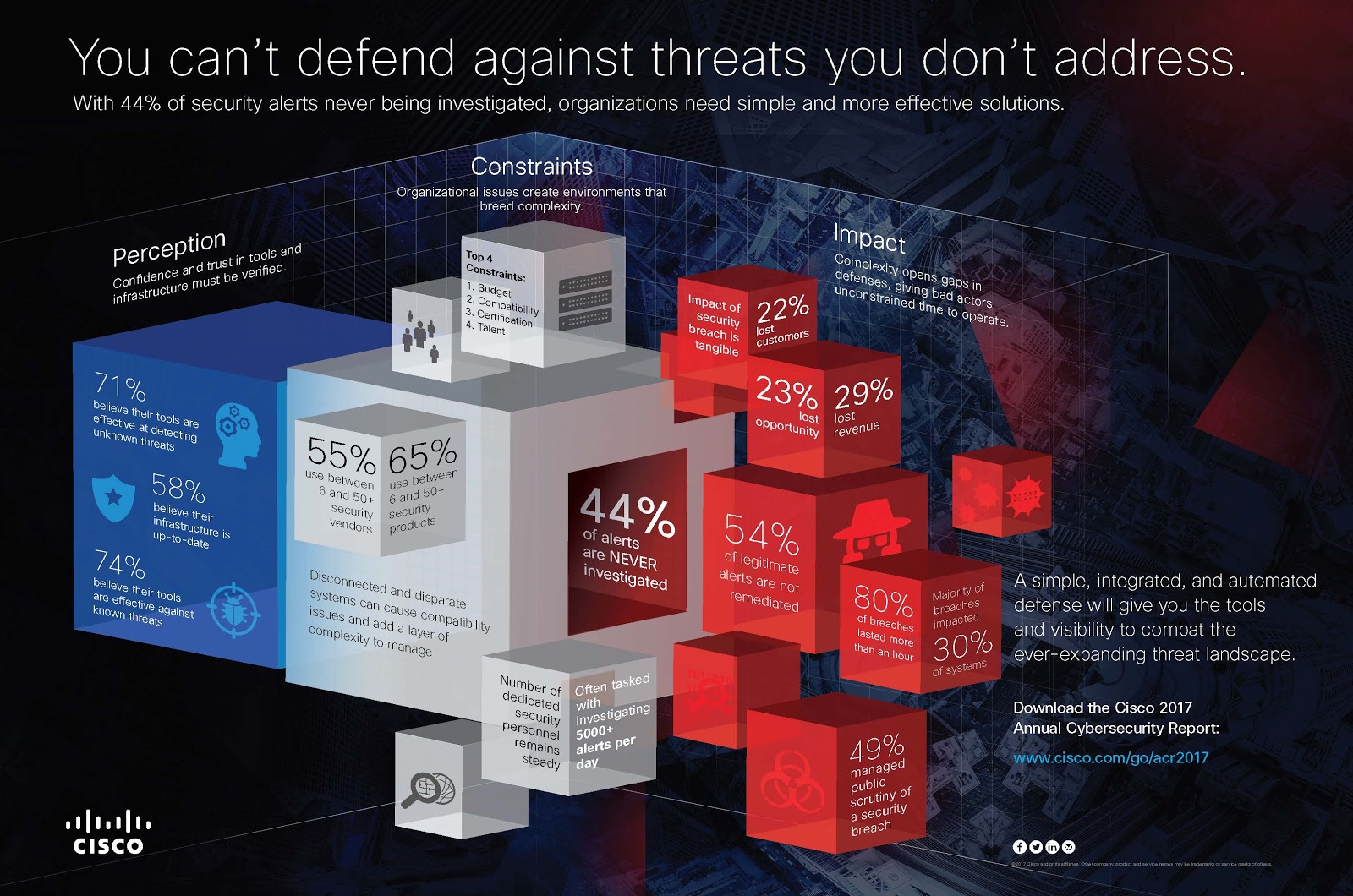
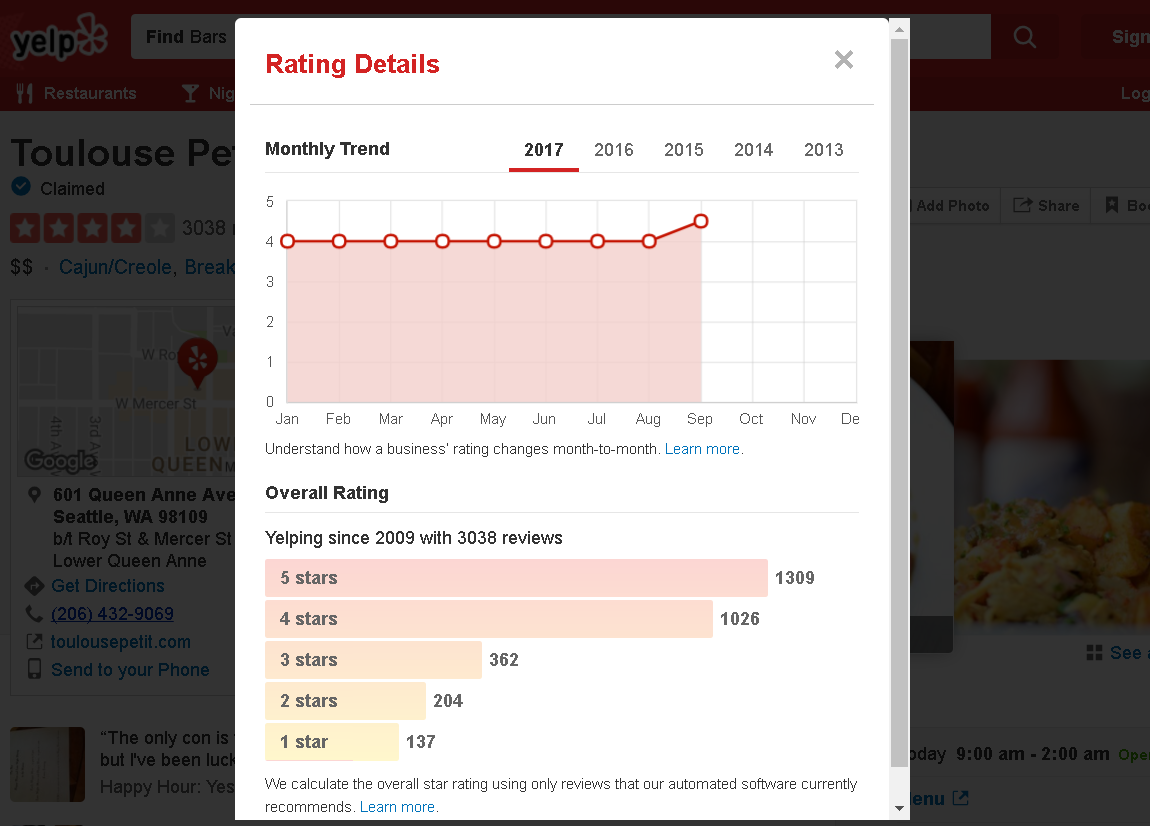
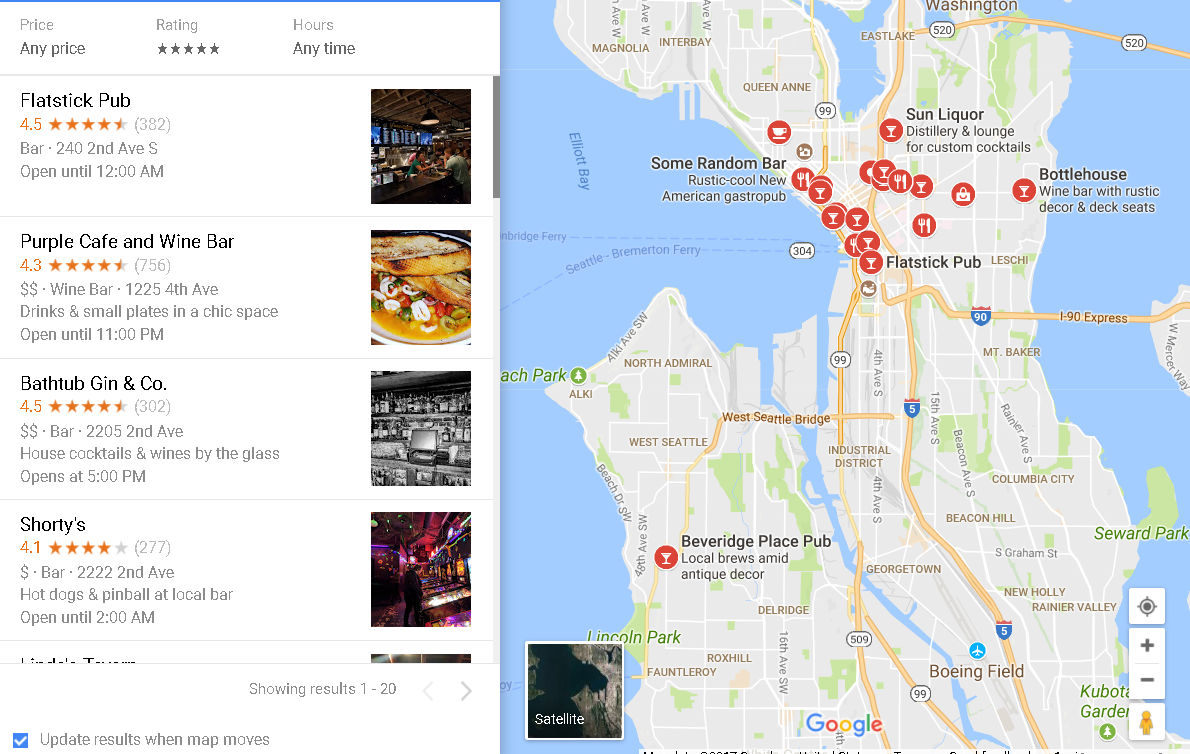

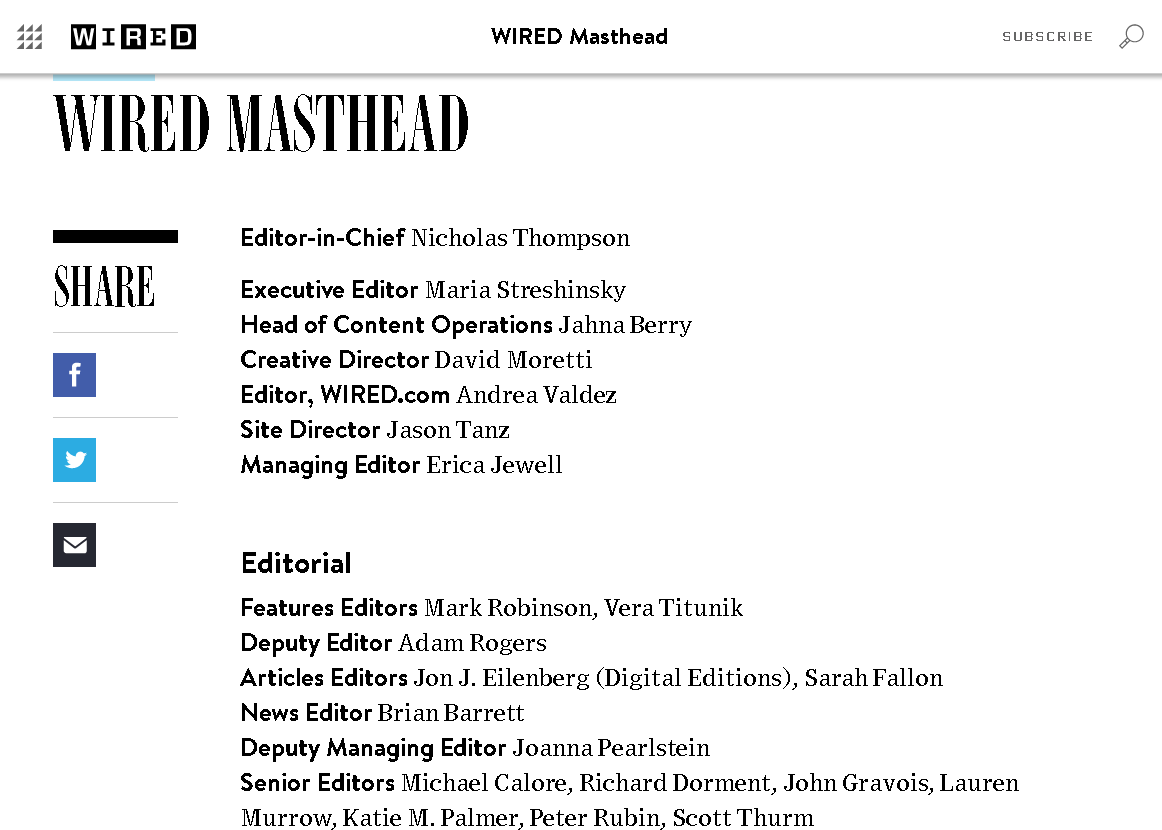
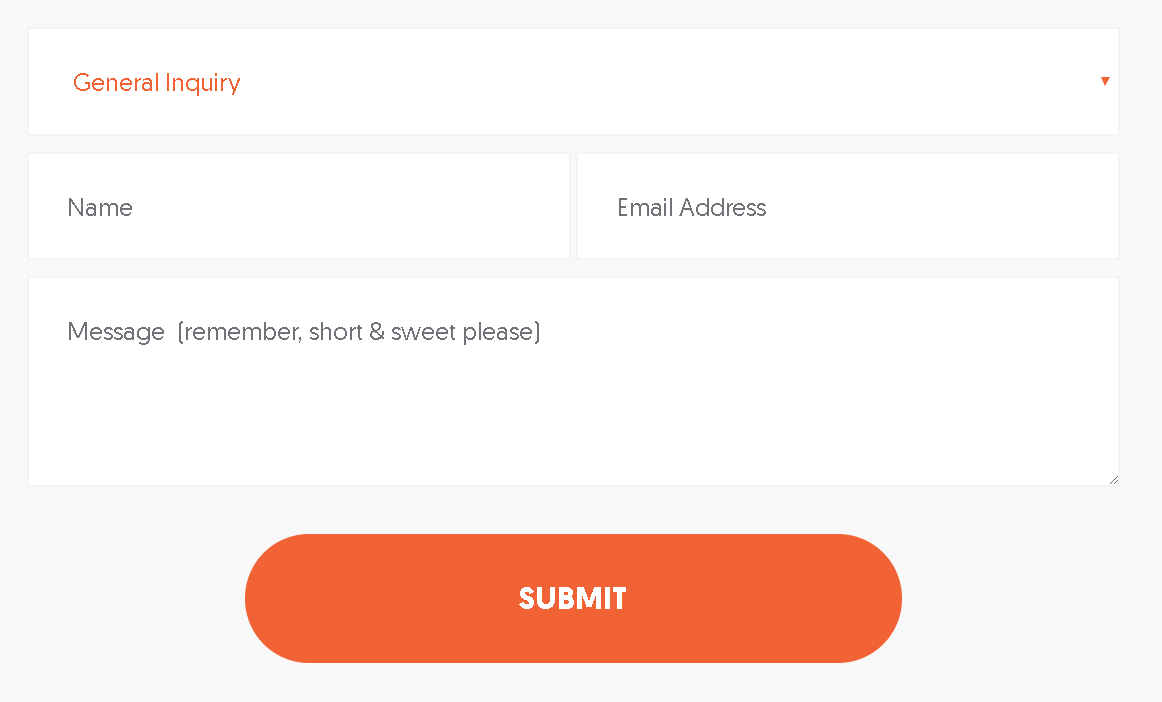
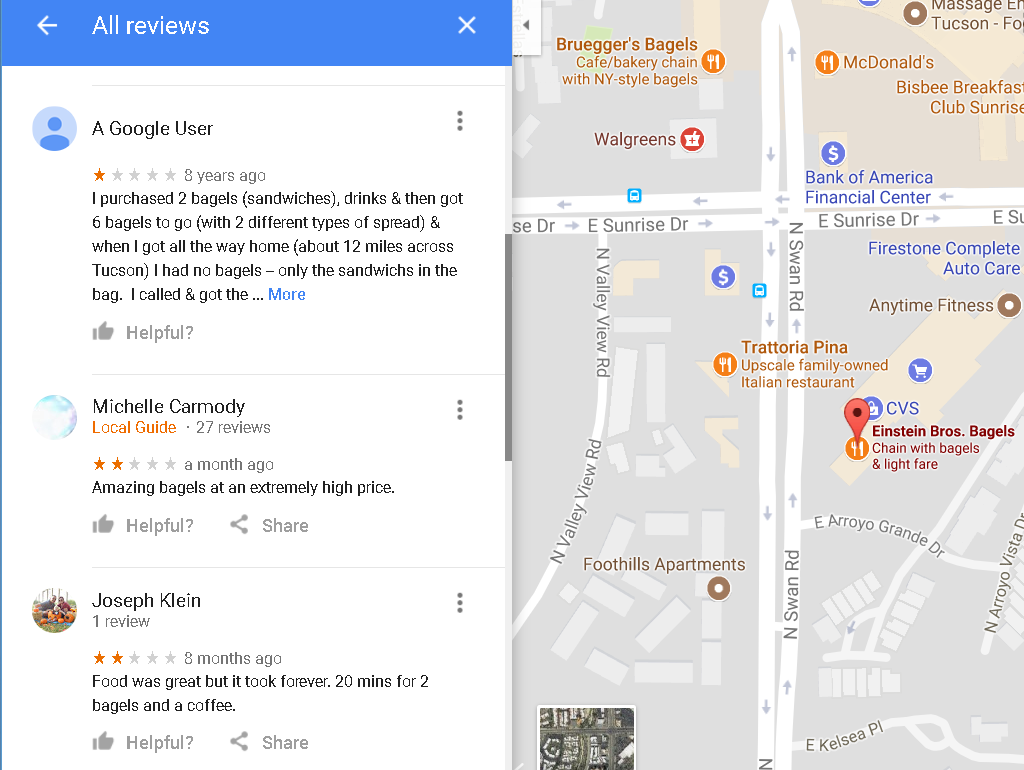
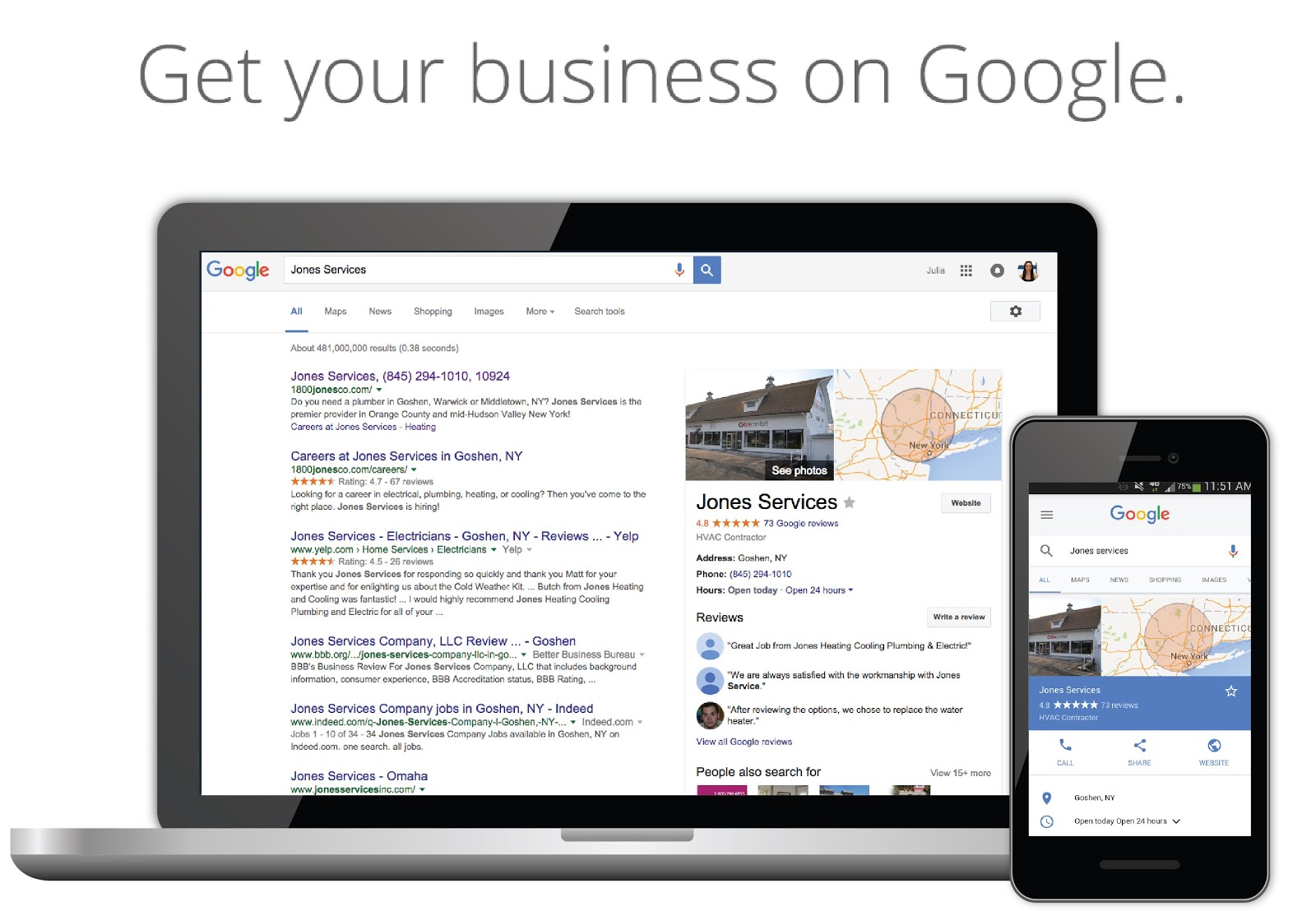
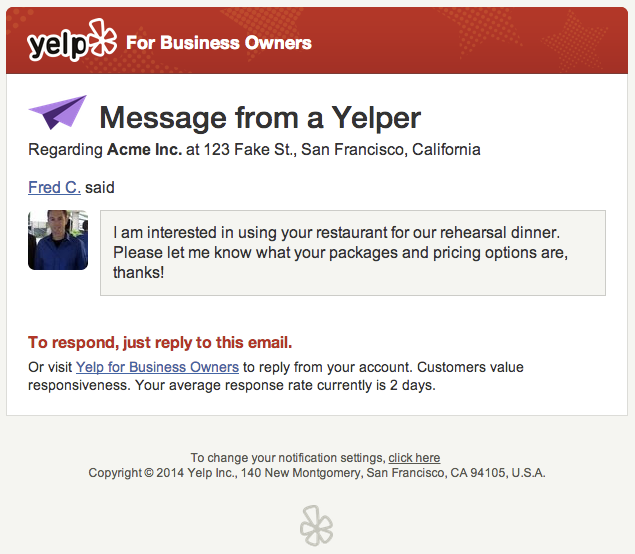


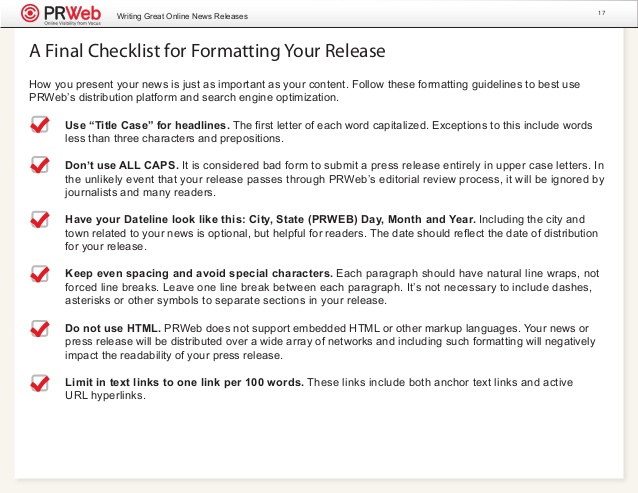
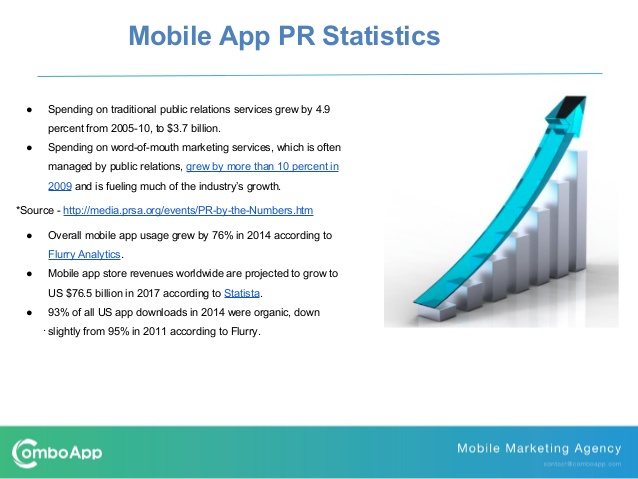

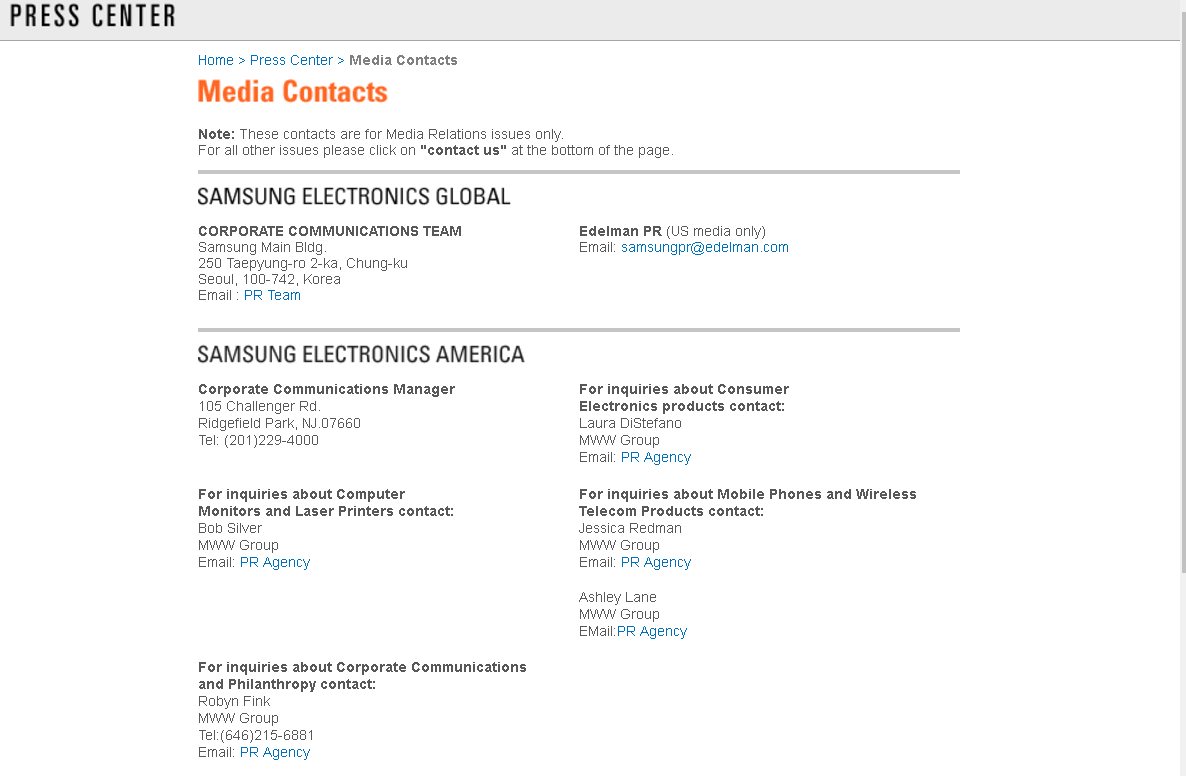
Comments (2)